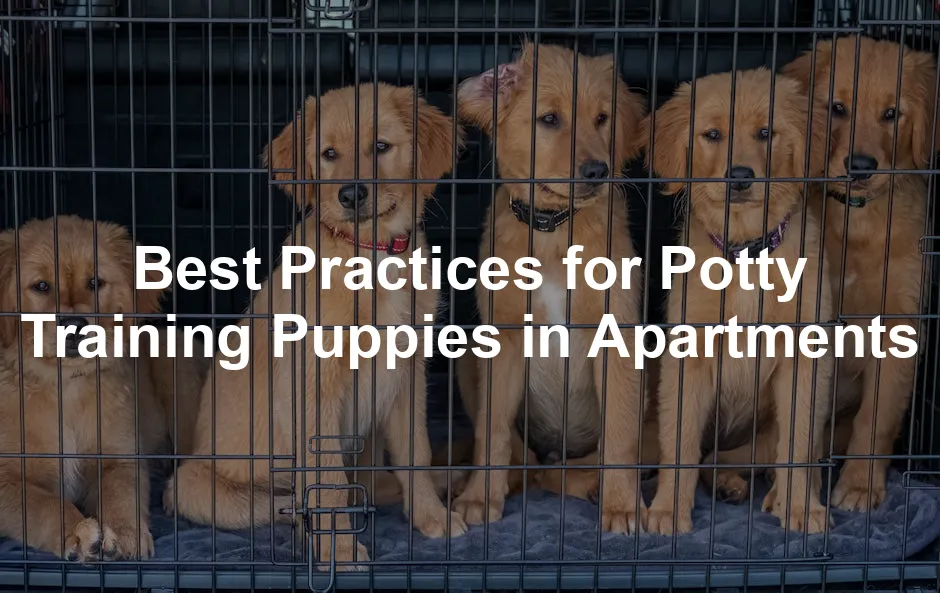Introduction
Potty training a puppy in an apartment can feel like playing a game of Tetris with your time and patience. The limited outdoor access, long hallways, and the dreaded elevator ride can complicate things. Your furry friend might not always wait for you to get to the nearest patch of grass. Accidents can happen.
Establishing routines is key here. Puppies thrive on consistency, so setting a schedule for potty breaks and meals helps them understand what’s expected. Positive reinforcement is also vital. When your puppy does their business in the right spot, reward them! Treats, belly rubs, and excited praise can turn potty time into a fun game.
Remember, patience is your best friend. Training takes time. Each puppy learns at their own pace. With a little love and lots of encouragement, you can turn those frustrating moments into success stories.

Understanding the Basics of Puppy Potty Training
The Importance of Routine
Creating a regular feeding and potty break schedule is crucial. Puppies can hold their bladders for about one hour for each month of their age. So, if you have a two-month-old puppy, plan for more frequent potty breaks. Take them outside first thing in the morning, after meals, and before bedtime.
Consistency helps your puppy learn when and where to go. Use the same door and verbal cue every time, like “Go potty!” This repetition reinforces the connection between the command and the action. Over time, your puppy will associate the cue with the behavior, making potty time smoother.
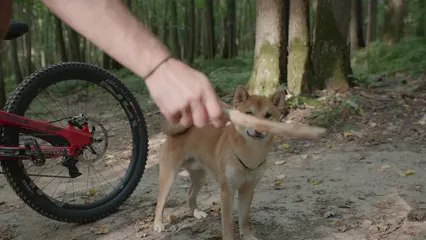
For those apartment dwellers, consider using a PawHut Indoor Dog Potty Grass Pad. This innovative solution mimics the outdoors, giving your pup a place to relieve themselves without the hassle of an elevator ride!
Recognizing Signs That Your Puppy Needs to Go
Being observant is your secret weapon. Puppies often give signals when they need to relieve themselves. Look for signs like sniffing around, whining, or circling. If you see these behaviors, it’s go-time!
Quickly guide them to their designated potty area. Ignoring these cues can lead to accidents, which can be avoided with proper observation. The more you learn your puppy’s signals, the easier it will become to prevent indoor mishaps. Remember, every time you catch them in the act and redirect them successfully, you teach them where it’s appropriate to go.
With these basics in mind, you’re ready to tackle the potty training adventure ahead!
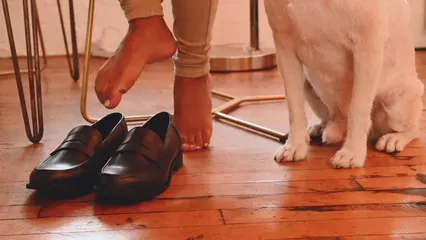
Setting Up for Success in an Apartment
Creating a Designated Potty Area
Creating a designated potty area is crucial for apartment living. With limited outdoor access, you need reliable options. Pee pads, grass patches, and indoor dog potties are excellent choices. Pee pads are absorbent and easy to clean, making them a popular choice for many apartment dwellers. They often come with attractants that encourage puppies to use them. Grass patches, on the other hand, mimic outdoor conditions. They can be placed on balconies or patios, helping to ease the transition to outdoor potty breaks later on.
To introduce your puppy to this area, use familiar scents. Place a used pee pad or some grass from outside in the designated spot. You might even rub a little treat on the surface. This helps reinforce the association between the area and positive experiences. Use a consistent command, like “Go potty!” when you guide them to the spot. This repetition helps your puppy connect the command with the action.
Be patient as they explore their new potty area. Encourage them with praise when they use it successfully. Celebrate those little victories! Remember, consistency is key to building their confidence in the designated space.
Crate Training as a Tool
Crate training is a game-changer for apartment dwellers. It provides a safe space for your puppy while you manage potty breaks. Puppies instinctively avoid soiling their sleeping areas, making crates an effective tool for potty training. A well-sized crate allows your puppy to stand up and turn around comfortably. For this, the MidWest Homes for Pets Dog Crate is a fantastic option that ensures comfort for your puppy while promoting potty training success.
To make the crate a positive space, introduce it gradually. Start by placing their bed and some toys inside. Leave the crate door open, allowing your puppy to explore at their own pace. Over time, feed them meals in the crate to create positive associations.
Establish a routine for crate use. Take your puppy out for a potty break immediately before crating. This reinforces that the crate is a safe haven. Avoid using the crate as punishment, as this can create anxiety and lead to resistance. Instead, praise your puppy whenever they enter the crate willingly.
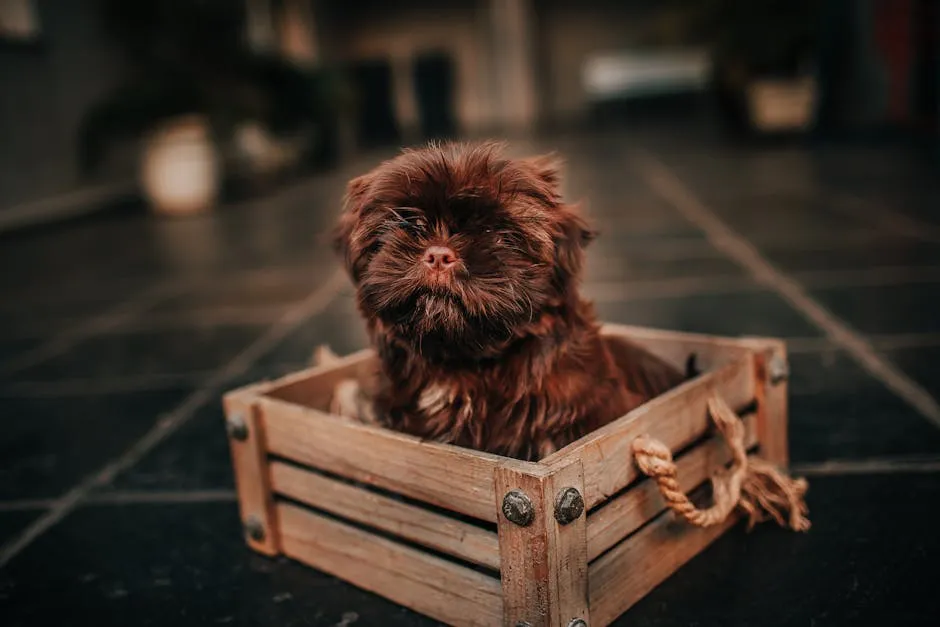
Using Pee Pads and Indoor Potty Solutions
Using pee pads has its pros and cons. On one hand, they offer a convenient solution for indoor potty training. They absorb messes and can be placed in a designated area, making cleanup easy. On the other hand, some puppies may become reliant on them, thinking it’s acceptable to potty indoors.
To transition from indoor solutions to outdoor potty breaks, follow a gradual process. Start by placing the pee pads closer to the door. As your puppy becomes more reliable, move the pads outside. This helps them understand that outdoor potty time is the ultimate goal.
Monitor your puppy’s behavior closely. If they begin to sniff or circle, it’s time for a potty break. Be proactive; take them to the designated area. Praise them when they use the pads or grass properly, reinforcing positive behavior.
In summary, whether you choose pee pads or grass patches, consistency and positive reinforcement are essential. With patience and dedication, you can successfully potty train your puppy, even in the heart of an apartment complex.
Best Practices for Potty Training in Apartments
Establishing a Consistent Potty Schedule
Creating a daily potty schedule is essential for your puppy’s success. Puppies can hold their bladders for about one hour for every month of their age. For instance, if you have a three-month-old pup, plan for potty breaks every three hours. Here’s a simple example:
– 8 AM: First potty break after waking up.
– 9 AM: After breakfast.
– 11 AM: Mid-morning break.
– 1 PM: Post-lunch break.
– 4 PM: Afternoon break.
– 6 PM: After dinner.
– 9 PM: Before bedtime.
Sticking to this routine helps reinforce good habits. Consistency is key! Every time you take your puppy out, use the same door and verbal cue, like “Go potty!” This repetition builds a connection between the command and the action. Your puppy will learn that these breaks are part of their daily routine, making the process smoother.
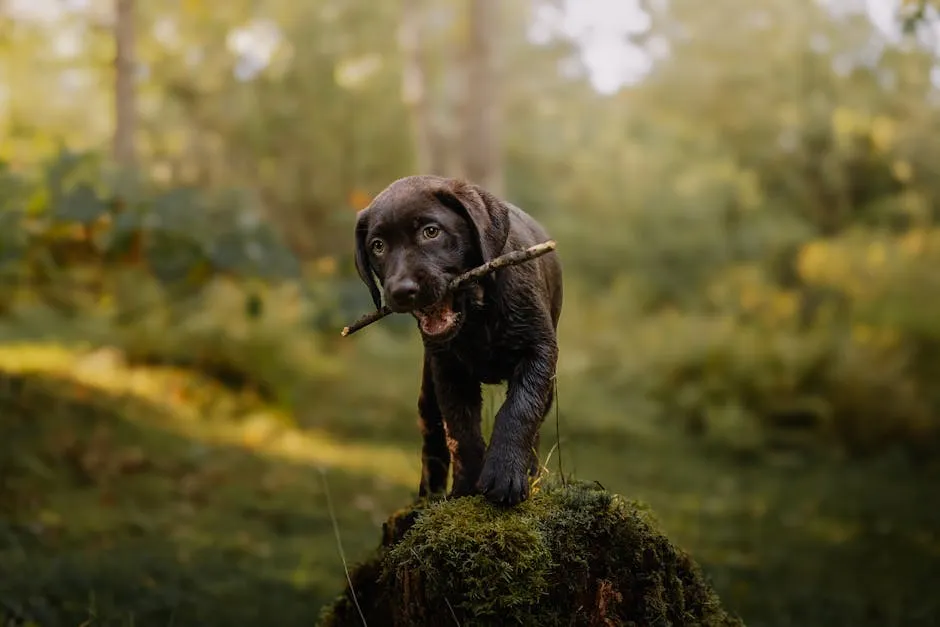
Positive Reinforcement Techniques
Positive reinforcement is your best friend in potty training. When your puppy successfully goes in the right spot, celebrate! Use treats, praise, or a favorite toy to reward them immediately after they finish. This reinforces their good behavior and encourages them to repeat it.
Here are some effective strategies:
- Praise Loudly: Use an enthusiastic tone to let them know they did a great job.
- Treats on Hand: Keep small, tasty treats nearby for immediate reward.
- Play Time: After a successful potty, engage in a short play session. This creates a fun association with potty time.
Timing is crucial! Wait until your puppy has fully relieved themselves before offering praise. If you interrupt them, they might stop mid-action, leading to confusion. Celebrate those victories, no matter how small!
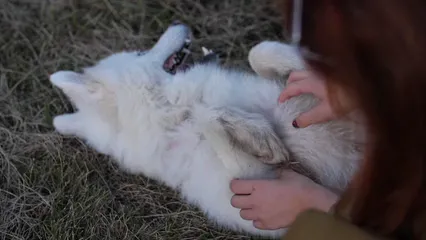
Dealing with Accidents
Accidents will happen. It’s part of the learning process, so don’t panic! The key is to handle them calmly. If you catch your puppy in the act, gently redirect them outside. If they finish indoors, simply clean up without punishment. Scolding can create anxiety and hinder progress.
Use enzymatic cleaners to eliminate odors effectively. This is important because lingering scents can encourage your puppy to go in the same spot again. Clean accidents promptly and thoroughly to ensure your home remains a pleasant environment. A great product for this purpose is Nature’s Miracle Stain and Odor Remover, which effectively tackles those pesky messes.
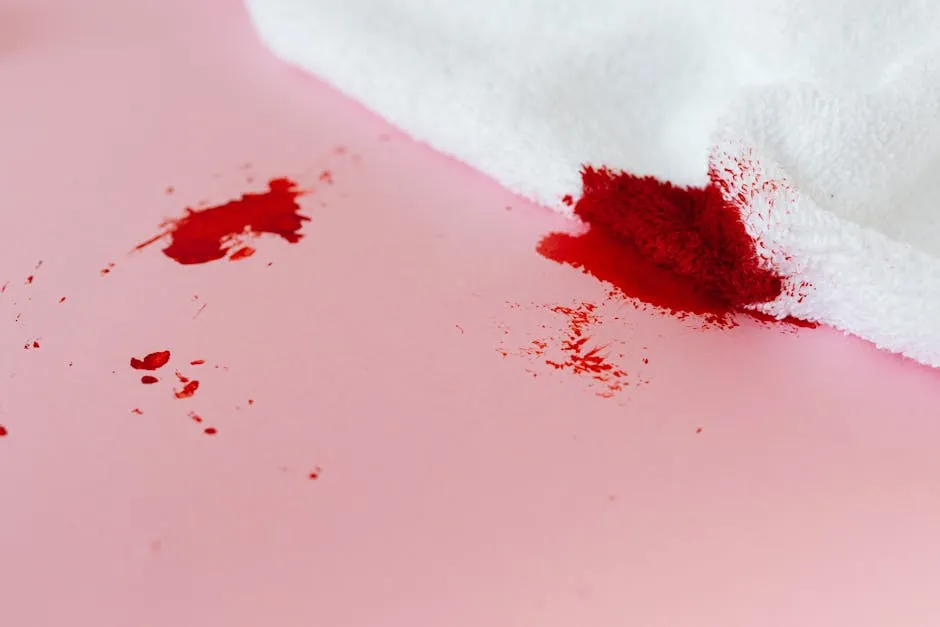
Tips for Taking Puppies Outside
Navigating hallways, stairwells, and elevators can be a challenge. Here are some practical tips:
- Carry Young Puppies: If your puppy is too small or young, carry them outside to prevent accidents in common areas. This also helps them feel secure during the journey.
- Use a Leash: A sturdy leash keeps your puppy close and prevents distractions during the trip.
- Designate a Spot: Choose a specific area for potty breaks. Consistency helps your puppy associate that place with relieving themselves.
- Be Quick: As soon as your puppy shows signs of needing to go—like sniffing or circling—take them outside immediately.
The more consistent you are with this routine, the more successful your potty training will be. With patience and dedication, your puppy will learn to do their business outside, making apartment living much more enjoyable for both of you.
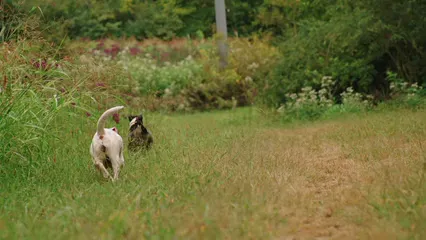
Common Challenges and Solutions
Limited Outdoor Access
Living in an apartment can feel like a game of “how quickly can you get outside?” For puppy owners, this challenge is amplified. Your little furball has a tiny bladder and may not wait for you to reach the nearest patch of grass. So, what can you do?
First, establish a reliable schedule. Take your puppy out after meals, playtime, and naps. Consistent timing helps set expectations. But, if you find yourself stuck in an elevator with a squirmy pup, create backup options!
Pee pads are a lifesaver. Place them in a designated spot inside your apartment. This gives your puppy an alternative when outdoor access is limited. You can also consider investing in grass patches or indoor dog potties. These mimic outdoor conditions and can make the transition smoother. A great product to consider is the PetFusion Ultimate Dog Bed, which provides a cozy space for your pup to rest after their potty breaks.
In emergencies, try to keep your puppy’s bathroom area clean and odor-free. This can encourage them to use it when necessary. Remember, patience is key; your puppy will learn with time!
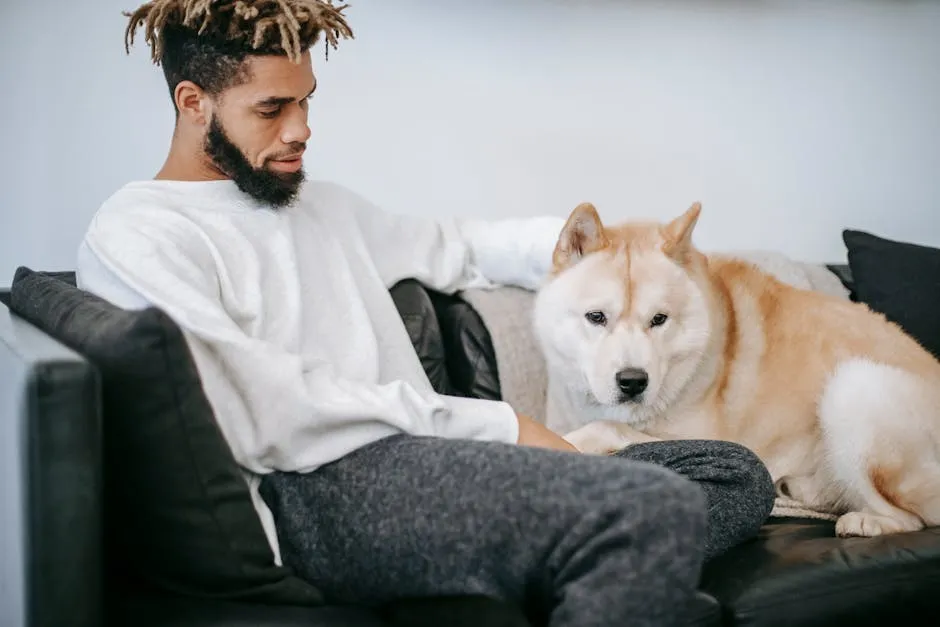
Socialization and Training
Potty training isn’t just about teaching your puppy where to go; it’s also about socializing them. During this process, expose your puppy to different environments, people, and other animals. This helps them feel comfortable and confident.
Integrate socialization into your routine! Take your puppy outside, allowing them to meet other dogs and people. This is especially important in apartment complexes with shared spaces. It prepares them for future potty breaks.
Consider professional training classes. They offer structured environments and expert guidance. Whether it’s puppy kindergarten or private lessons, these classes can be invaluable. Not only do they teach potty training techniques, but they also help with overall obedience.
Investing in a trainer can save you time and frustration. Plus, a well-trained puppy can make your apartment living experience more enjoyable. And while you’re at it, check out a Dog Training Book like “The Art of Raising a Puppy” by the Monks of New Skete for some extra tips!
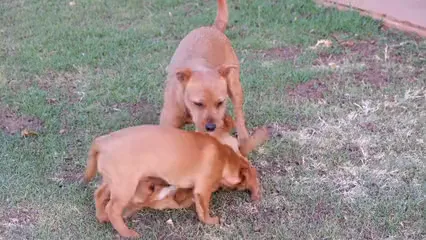
Handling Noise and Distractions
Ah, the joys of apartment living! The sounds of neighbors, deliveries, and city life can be a distraction during potty breaks. To minimize interruptions, plan your outings wisely.
Choose quieter times for potty breaks. Early mornings or late evenings often have less foot traffic. Consider using a leash to maintain control and keep your puppy focused. This prevents them from getting distracted by the bustling environment.
If your puppy seems overwhelmed, take a step back. Allow them to observe their surroundings before encouraging them to do their business. Giving them time to acclimate can make all the difference.
Use calming techniques. A soothing voice and gentle encouragement can help your puppy relax. Remember, the less stressed they are, the more likely they’ll succeed in their potty mission.
With these strategies, you’ll tackle the challenges of potty training in an apartment like a pro! Your puppy will learn to navigate their environment, all while keeping your floors accident-free. After all, a happy pup means a happy home!

FAQs
How long does it take to potty train a puppy in an apartment?
Typically, it takes about four to six months to potty train a puppy. This timeframe varies based on the puppy’s age, breed, and your commitment to consistency. Starting early, around eight weeks of age, yields the best results.
Should I use pee pads?
Using pee pads can be helpful, especially in an apartment setting. They provide a designated indoor spot for your puppy to relieve themselves. However, it’s essential to transition your puppy to outdoor potty breaks as they become more reliable.
What if my puppy continues to have accidents?
If accidents persist, remain calm and avoid punishment. Instead, assess your routine and ensure you’re taking your puppy out frequently enough. Clean up accidents using enzymatic cleaners to eliminate odors, encouraging your puppy to avoid that area in the future.
Can I train my puppy to go outside only?
Yes, you can train your puppy to go outside only. However, living in an apartment might make it challenging. Consider gradually transitioning your puppy from using pee pads or indoor solutions to outdoor potty breaks over time.
What tools do I need for potty training in an apartment?
Essential tools include pee pads or grass patches for indoor use, a crate for safe confinement, treats for positive reinforcement, and a leash for outdoor potty trips. Having these supplies on hand will help streamline the training process.
Conclusion
Potty training a puppy in an apartment can seem like an uphill battle. However, with the right strategies, it can transform into a rewarding experience for both you and your furry friend. Key takeaways include establishing a consistent potty schedule and using positive reinforcement to encourage desired behaviors. Remember, patience is crucial. Puppies learn at their own pace, and accidents are part of the process.
Celebrate each small victory, whether it’s a successful outdoor potty break or your puppy finally associating the command “go potty” with the act itself. The rewarding nature of these successes can’t be overstated. A well-trained puppy not only brings joy but also contributes to a harmonious living environment, especially in close quarters like apartments.
With a solid routine, a designated potty area, and plenty of encouragement, you’ll find that your puppy can learn to navigate their potty needs successfully. Embrace the journey, and before you know it, you’ll have a happy, potty-trained pup ready to explore the world outside without any worries.
And don’t forget to keep your pup entertained and engaged with fun toys like the ZippyPaws – Burrow Squeaky Hide and Seek Dog Toy to keep those tails wagging!
Please let us know what you think about our content by leaving a comment down below!
Thank you for reading till here 🙂
All images from Pexels

